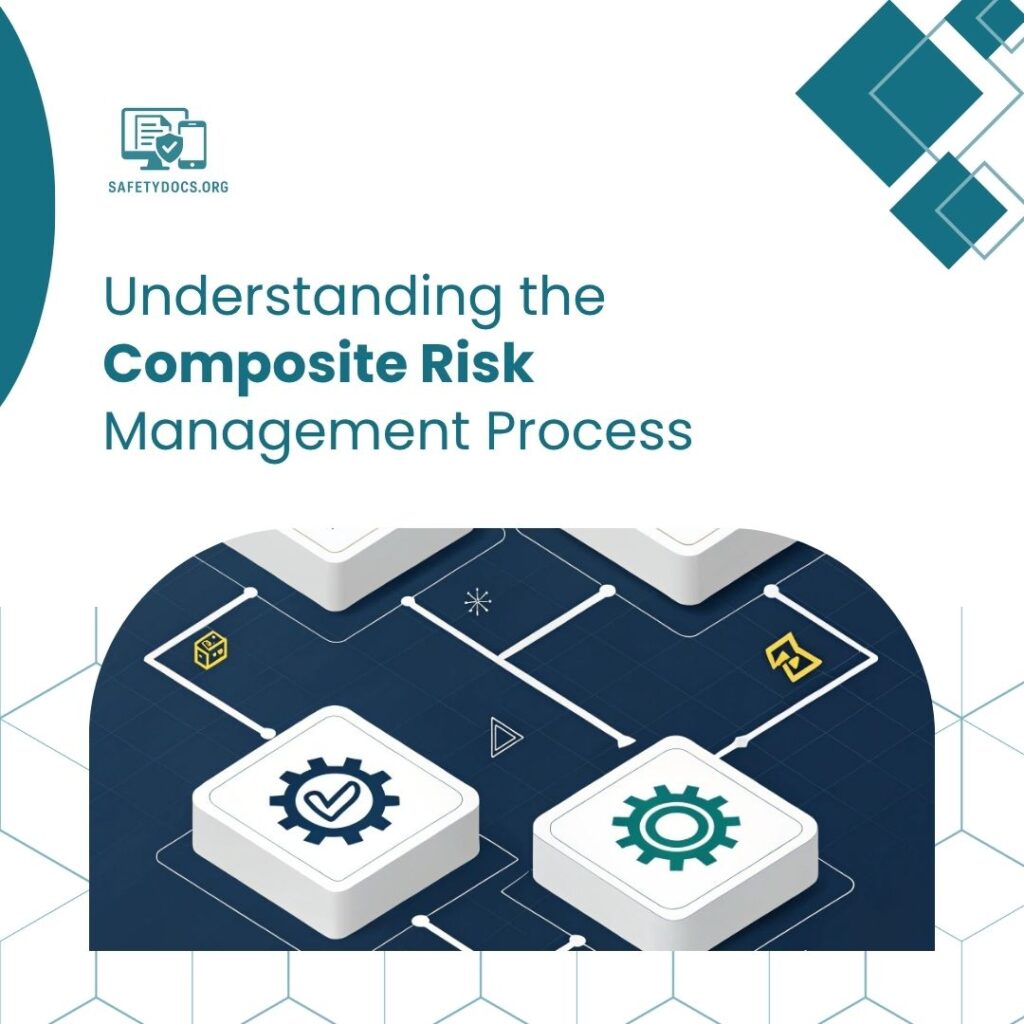Planning an event is exciting until you realize how quickly things can spiral out of control if you’re not prepared. Whether you’re hosting a music festival, corporate retreat, charity gala, or trade show, safety is not optional. But here’s the twist. Every venue has its own set of risks, and one-size-fits-all safety checklists simply don’t work anymore. That’s where using the right event risk assessment template becomes more than just helpful; it becomes essential.
At Safety Docs, we know that event planning is a high-pressure job. You juggle deadlines, coordinate vendors, manage crowds, and somehow still need to stay legally compliant. If you’re still using generic PDFs or outdated templates you found online, you’re exposing your event to unnecessary risks.
The good news? Choosing the right template doesn’t have to be complicated. You just need to understand what fits your venue, why it matters, and how a well-structured assessment can save your reputation, your budget, and even lives.
Why Venue Type Dictates Your Risk Assessment Template
Let’s face it, indoor and outdoor events operate on completely different playing fields. A risk assessment template designed for a conference hall won’t cover the unpredictable elements of an open-air concert. Yet, this is where many planners go wrong.
Each venue type brings unique hazards. For example:
- Outdoor venues need assessments that cover weather, crowd flow, and emergency evacuation.
- Indoor spaces focus more on capacity limits, fire exits, air quality, and access control.
- Temporary setups (like marquees or tents) must include stability, electrical safety, and site-specific hazards.
If your template doesn’t account for these differences, your risk management plan might look complete on paper, but fall short in reality. That’s why choosing the right event risk assessment template is the first line of defense in safe event planning.
What to Look for in an Effective Event Risk Assessment Template
A well-structured risk assessment template acts like a roadmap. It walks you through each step, making sure nothing slips through the cracks. But what makes a template effective?
Here are a few features you should never compromise on:
- Customizable Fields [So you can tailor it to your venue layout and audience size]
- Hazard Identification Section [Clear prompts that help you detect risks most planners miss]
- Likelihood and Severity Scoring [To prioritize what needs attention first]
- Control Measures [Guidelines on how to reduce each risk]
- Monitoring and Review Notes [To keep the plan updated and relevant]
Templates from Safety Docs are designed with all these elements baked in. They’re crafted by compliance experts and tested in real-world event scenarios, giving you practical peace of mind, not just theoretical protection.
Matching Templates to Venue Types: What to Consider
To choose the perfect risk assessment template, first get crystal clear on your venue type. Then align your template’s focus accordingly.
For Outdoor Venues
Think festivals, parades, open-air concerts.
Key template needs:
- Weather tracking protocols
- Emergency shelter plans
- Ground condition checks
- Medical station locations
- Public access points
For Indoor Venues
Think conference centers, hotels, ballrooms.
Key template needs:
- Fire safety checks
- Emergency lighting
- Air circulation systems
- Evacuation routes
- Noise level controls
For Temporary Structures
Think pop-up tents, marquees, booths at expos.
Key template needs:
- Structural stability inspections
- Generator placement
- Slip and trip hazards
- Security fencing
- Anchor and weight verification
When you use a Safety Docs event risk assessment template, you’re not just ticking boxes. You’re customizing a safety plan that fits your event like a glove.
Common Mistakes to Avoid When Selecting Your Template
Many planners try to save time by downloading free templates from random sources. But beware. A generic template might look good, but it can leave major blind spots in your safety process.
Avoid these common pitfalls:
- Using a static PDF with no room for customization
- Failing to update the template with current legal requirements
- Skipping the review step before the event day
- Applying an indoor event template to an outdoor setting
- Leaving out subcontractor or vendor responsibilities
If you’re working with external vendors or high-volume attendees, your risk multiplies. That’s why Safety Docs provides templates built with flexibility, accuracy, and compliance at their core.
The Role of Compliance in Event Risk Management
Non-compliance isn’t just a red tape issue; it can shut your event down before it begins. Local councils, fire marshals, and insurance providers all want to see that you’ve taken reasonable steps to assess and control risks.
An event risk assessment template isn’t just paperwork. It’s your compliance proof.
With Safety Docs templates, you can:
- Show auditors detailed planning
- Assign roles and responsibilities clearly
- Update risk controls in real time
- Export and share your safety plan instantly
- Stay aligned with ISO standards and local law
This level of professionalism protects not only your attendees but your brand’s reputation. No planner wants to be remembered for an event that went wrong due to preventable hazards.
Why Safety Docs Templates Make a Difference
Safety Docs has spent years creating industry-standard safety documents used by thousands of professionals across Australia and beyond. Their templates aren’t theoretical or overcomplicated. They’re practical, actionable, and built with busy event teams in mind.
Each event risk assessment template is:
- Instantly downloadable and editable
- Regularly updated with legal requirements
- Formatted for both mobile and desktop use
- Compatible with real-world planning timelines
Whether you’re hosting a corporate function, a public gathering, or something unique, these templates scale with your needs. You’re not locked into cookie-cutter content. You’re empowered with safety tools that grow with you.
Streamline Your Planning with Safety Docs
Planning shouldn’t feel like a legal landmine. When you use a Safety Docs event risk assessment template, you cut through the noise and get a plan that works.
Here’s how to streamline your event risk strategy today:
- Choose the right template based on your venue type.
- Download and customize to reflect your event specifics.
- Assign safety responsibilities across your team.
- Review and update your template regularly.
- Stay prepared for inspections, emergencies, and public feedback.
When your safety documentation is solid, your team operates with confidence, your attendees feel secure, and you get to focus on delivering a standout experience.
Conclusion
Events are about creating memories, not managing emergencies. But safety is the foundation that makes memorable events possible. Don’t wait for something to go wrong before you start caring about risk assessments.
By choosing the right event risk assessment template, you’re not just preparing for the worst. You’re setting the stage for everything to go right.
And if you’re unsure where to begin, Safety Docs is here to help. Their templates are trusted, legally sound, and ready for real-world action.
FAQs
1. What is an event risk assessment template?
It’s a structured document used to identify and manage safety risks for a specific event type or venue.
2. Can I use the same template for every venue?
No. Different venues have different risks. Always choose a template suited to the venue type.
3. Are Safety Docs templates legally compliant?
Yes. They are designed by industry experts and updated to meet the latest safety standards.
4. Can I edit the templates after downloading?
Absolutely. All Safety Docs templates are fully editable to match your event’s specifics.
5. How often should I update my risk assessment?
Review it for every event or whenever significant changes occur, such as new vendors or venue layout updates.

